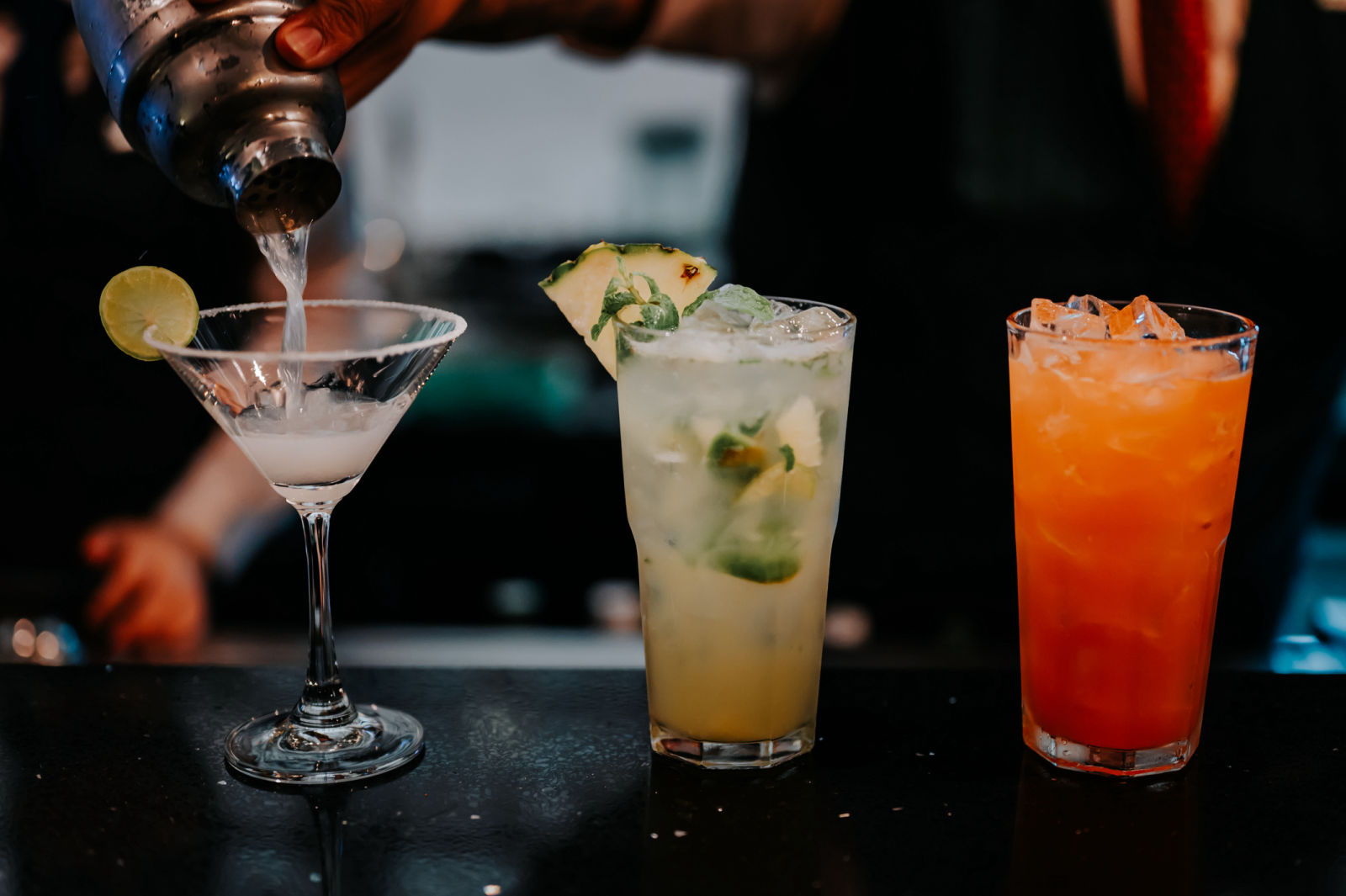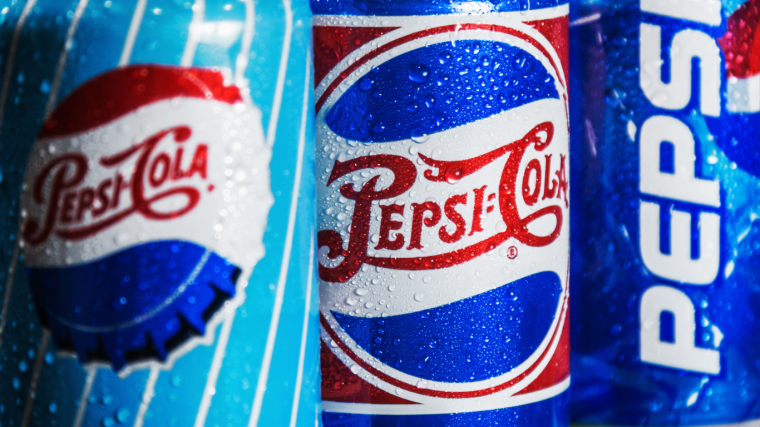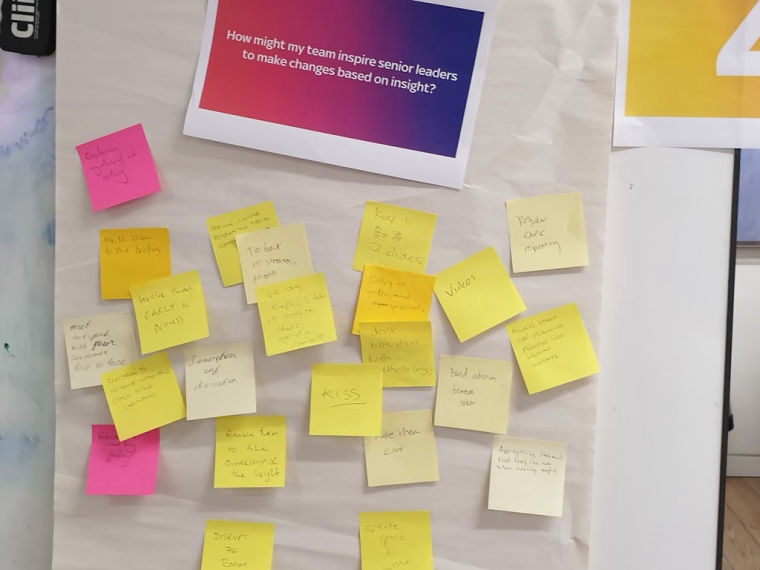One shot, one bourbon, one beer… One Vesper Martini with a Smoke Bubble On Top
The case for replacing occasions with context in your insights development.

Imagine four people sitting at a bar. Imagine they’re the same demographic: same age, gender, ethnicity, income, etc.
The bartender walks over: “what’ll it be?”
“Shot of tequila.”
“Angel’s Envy on the rocks.”
“Draft IPA.”
“What kind of wood is used for the smoke bubble on the Vesper Martini?”
Why? Why did four seemingly homogeneous people, in the exact same situation, with the exact same stimuli, order four dramatically different drinks?
At the most basic level, they’re all experiencing the same occasion. However, ‘between the ears’, their contexts could be wildly different. Is each of them there to…
Blow off steam?
Meet a romantic partner?
Bond with friends?
Appreciate a high-end cocktail?
Now take this scenario out into the real world of marketing strategy and activation. Whether you’re pondering omnichannel CX, social media activation, content design, or marketing claims, many teams continue to rely on a stalwart of insights development: occasions.
While the concept of occasions is familiar across brand and retail circles, it’s a construct that’s quite long in the tooth and, as demonstrated in the barroom example, one which falls short of state-of-the-art consumer understanding.
Recently industry thought leaders gathered at the Beverage Digest Future Smarts conference. While the event yielded a wealth of insight, the concept of occasions came up again and again as a central chassis by which many organisations continue to frame their strategies and activation.
In their remarks, most of these beverage brand leaders at least mentioned the role of occasions – or stressed this construct as their strategic foundation. But, from the perspective of established behavioural science, teams should consider that the concept of “occasions” should be replaced in their work by the durability of “contexts.”
The conventional view of occasions
This construct has been widely adopted, pondered, studied, and applied because the occasion is a proxy/placeholder for asking WHY. When a team isn’t clear on why someone is doing what they’re doing, an occasion-based view serves as an approximation for the WHY around which one can create a narrative.
In other words, it gives researchers a way to intuitively understand what’s happening – and a relatable experience – to internalise what the consumer is getting out of it. It’s easy to ‘point out’ an occasion, as it’s an event that happens in real life. And, from there, to empathise with what that occasion feels like in one’s own experience.
The fundamental flaw
However, the fatal flaw of the occasion-based construct is that it introduces subjectivity and therefore negates a true understanding of consumer motivations and decision drivers.
Back to our four bar patrons: while the occasion appears consistent, the decision-making criteria that actually explains their behaviour is anything but obvious. By providing a vignette that’s relatable, the occasion-based framework automatically introduces subjectivity in the form of one’s highly-variable personal experience.
Upon envisioning the four bar patrons, each of us invariably and unknowingly introduces our own memories, motivations, and a host of other subjective factors in attempting to interpret the WHY of the consumers’ decision-making.
The resolution via neuroscience
In his remarks at the Beverage Digest conference, Sigi Hale PhD outlined the ways in which neuroscience lets us evolve beyond conventional views of occasions to better understand the contexts of real-world decision-making. Within a given context, a person will apply (albeit subconsciously) one of four decision-making criteria:
Instinctual factors (the patron who wants to knock back a shot of good tequila).
Experiential factors (the patron who wants to show their worldliness to potential romantic partners).
Social factors (The bar patron who knows his friends will enjoy comparing notes on the profile of IPAs).
Rational factors (The bar patron who enjoys learning about and collecting wisdom about mixology).
These four durable, predictable mental lenses dictate the decision-making criteria ‘between the ears’ of each otherwise identical bar patron. And as outlined in a previous Research World article, these core drivers are present in everything from everyday life to social media interactions. Brands that recognise this emotional context in their strategies and activation enjoy a strong advantage in breaking through the noise in the marketplace and driving real-world behaviour with marketing activations.
Phygital relationships
In his overview, Henrique Braun, President Latin America for The Coca-Cola Company, stressed the focus he’s driving to “digitise the offline relationships we have with our consumers.” This physical-to-digital dynamic was consistent throughout the conference and further amplified the need to move beyond occasions in favour of context.
Picture those four bar patrons again; this time, they all have their phones in hand as they sit at the bar. Obviously, the mental context can shift wildly based on whatever they’re engaged with in the digital realm. Digital programs are a means by which brands can extend the feel-good benefits of their brands – and knowing which of the four levers will drive that positive emotion is the unlock.
If enjoying a Coke provides a bit of a break while commuting to work, then extending that experience into a digital concert once the consumer arrives home expands the value of the relief. This context-over-occasions strategy cements the brand in the emotional context of stress relief vs merely the times and places when stress relief is desired.
Hunter Thurman
President at Alpha-DiverHunter Thurman is president of Alpha-Diver, the market research & consulting firm that applies neuroscience to more deeply understand marketplace behavior. The firm’s neuroscientists and strategists work with leading brands, retailers and the Wall Street analyst community to explain consumer behavior in ways proven to help clients drive double-digit brand growth via activation.


